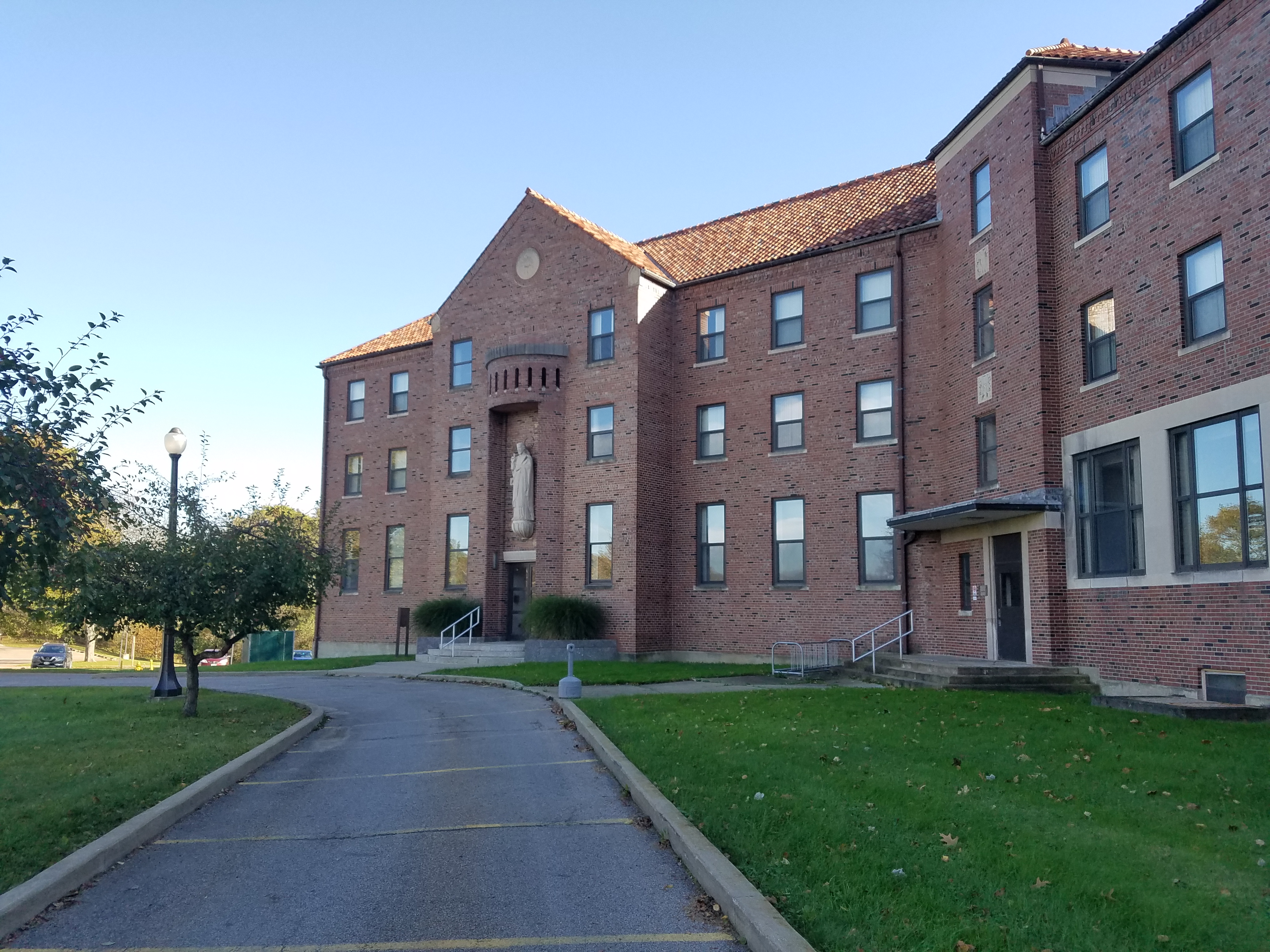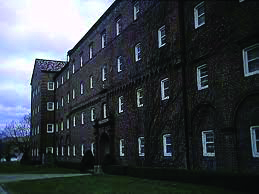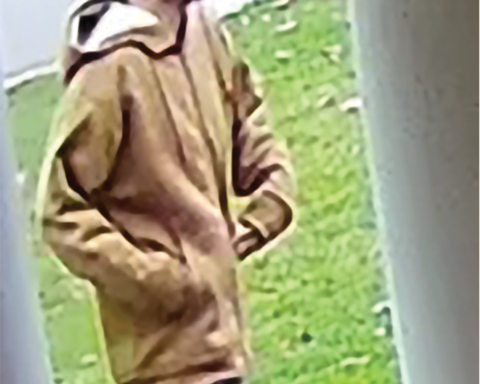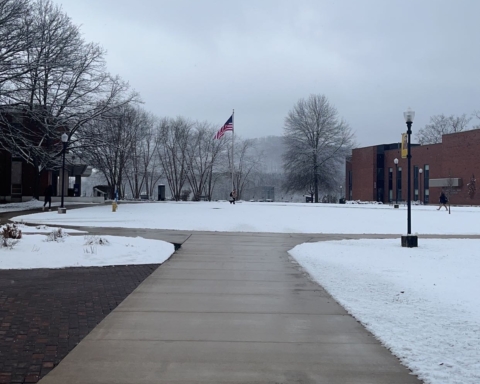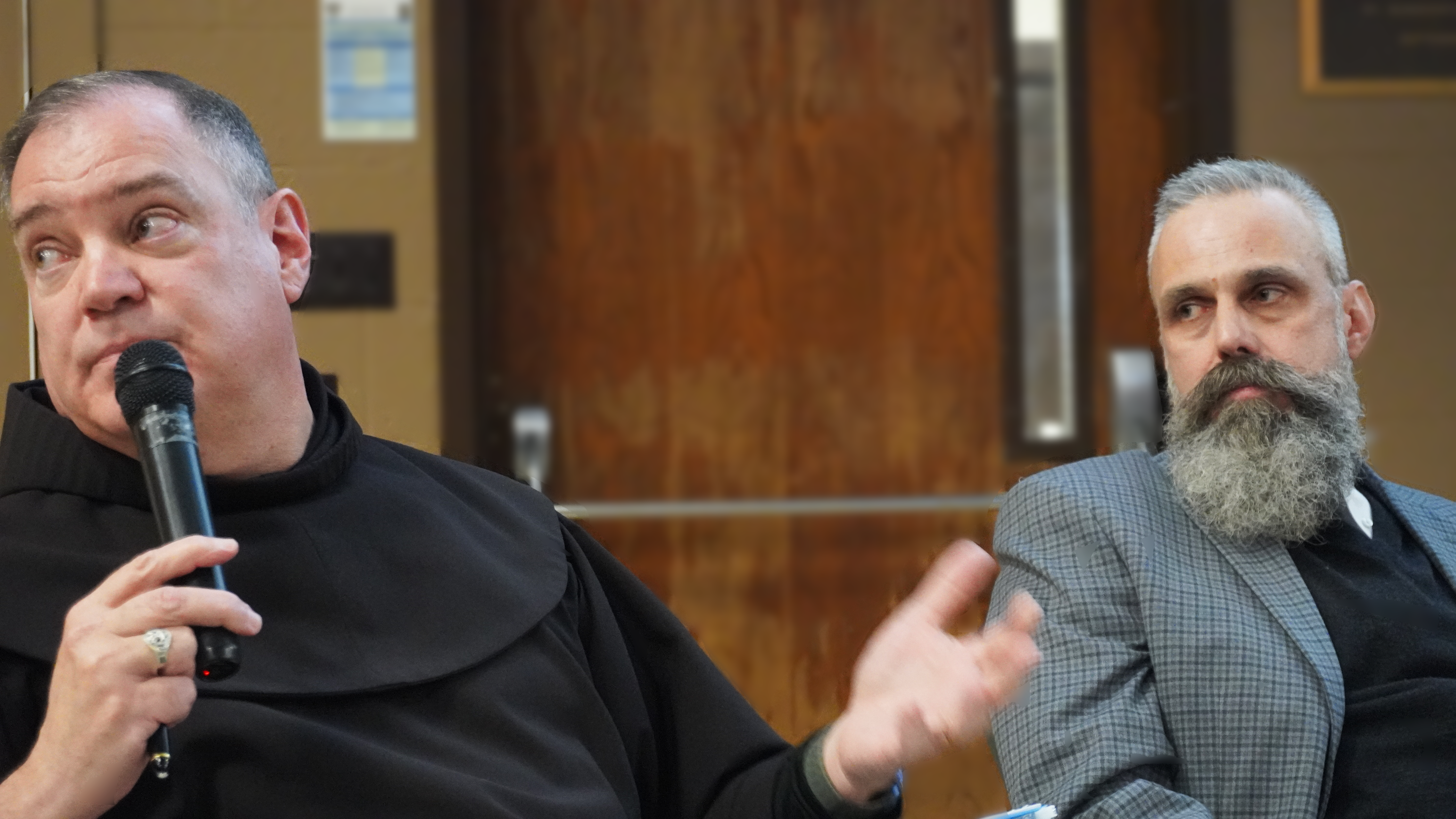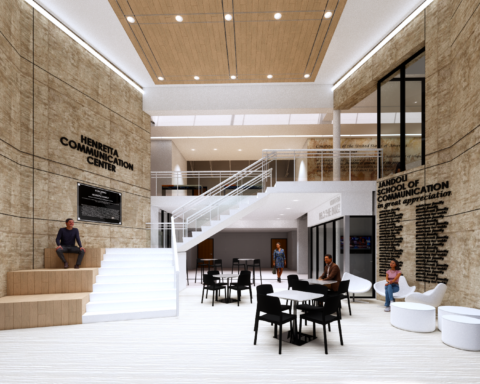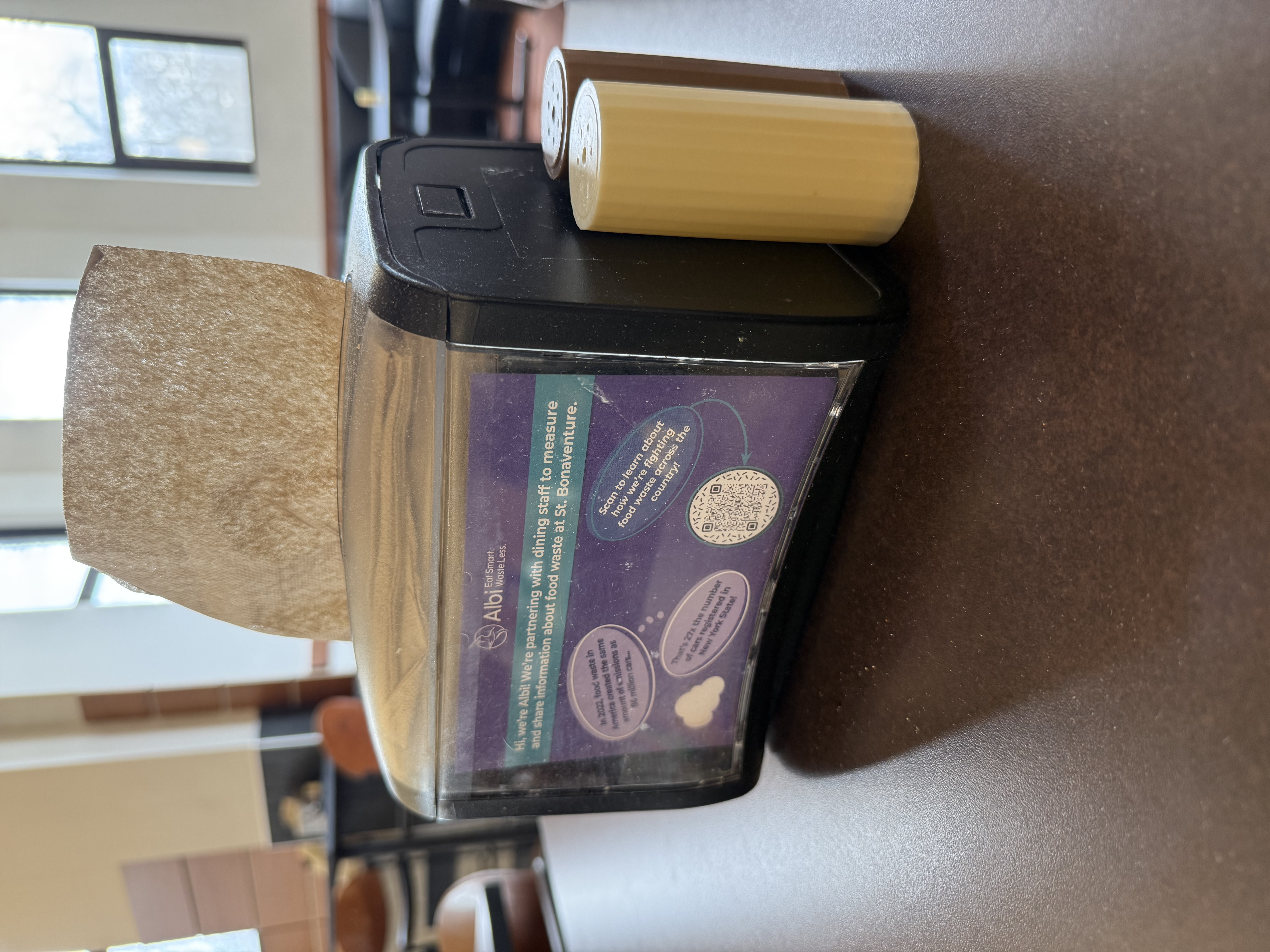By Leah McCluskey
Staff Writer
Energy waste is an ongoing issue at St. Bonaventure University, and students have begun to question why lights remain on in buildings that are not actively in use.
Robert Hurlburt, the university’s director of facilities, discussed our carbon footprint and what measures have been taken to decrease it.
“The university recently implemented an EnergyMax initiative to reduce energy costs across the university,” Hurlburt said.
For the past several years, a number of mechanical infrastructure upgrades have been undertaken to save energy at the university. The New York State Energy Research and Development Authority (NYSERDA) incentive for retrofit of new energy saves electricity in the Friedsam Memorial Library in addition to variable speed drives on HVAC (heating, ventilating and air conditioning) motor controls and conversion to LED lighting in multiple locations.
Various sites on campus, such as Francis Hall, keep their lights on for most of the day, even when they are unoccupied.
Hurlburt states that this is simply for safety reasons and that many areas in Francis Hall are occupied with several activities.
“Our facilities staff is charged with turning lights off in areas that are not in use anytime that it is observed,” Hurlburt said. “It is frustrating that not everyone is conscious of turning off lights when they leave the restroom or leave their office for a meeting, leave for lunch, etc…I feel that we could all do a better job of turning off lights (and other electronic devices) when not in use.”
Additionally, only a select number of locations on campus are equipped with motion sensitive lighting, such as the restrooms in Robinson and Falconio Halls.
While they are an option to increase energy savings, Hurlburt said that “motion sensing light operations do not work universally in every application. There are some locations on campus where they work very well. Other locations where they were initially installed have been changed back to manual.”
An informal student-conducted poll of campus revealed that 4 out of ten students neglect to turn their dorm lights off after leaving. Ten out of ten students also admit to leaving their laptop and cell phones plugged in even after they are fully charged.
St. Bonaventure has taken steps to decrease energy wastage with new technology. However, the campus community must also be held accountable for the amount of energy it uses.
mccluslm15@bonaventure.edu

